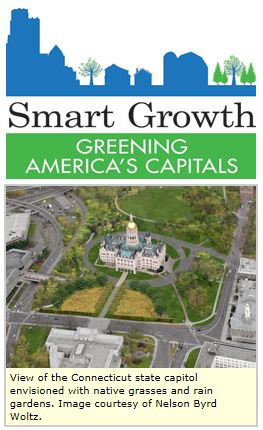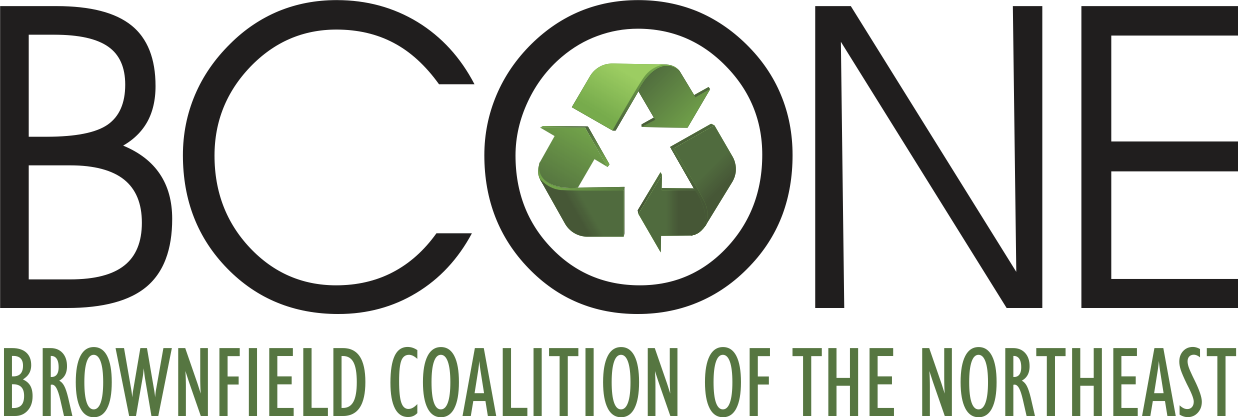
EPA’s Office of Sustainable Communities is seeking letters of interest from state capital cities interested in receiving design assistance to create a clear and implementable vision of distinctive, environmentally friendly neighborhoods that incorporate
smart growth strategies and
green infrastructure systems.
Letters of interest are due no later than 11:59 p.m. Eastern time on September 23, 2013.
Design assistance is provided through the Greening America’s Capitals program, administered by EPA. EPA conducts the program in collaboration with the U.S. Department of Housing and Urban Development (HUD) and the U.S. Department of Transportation (DOT) through the Partnership for Sustainable Communities. Fourteen state capitals plus the District of Columbia have received assistance from the Greening America’s Capitals program to date; up to 5 capital cities will be selected in 2013.
EPA is providing this design assistance to help state capitals create stronger neighborhoods that protect the environment. EPA will fund a team of designers to visit the successful applicants’ capital cities for up to three days to produce schematic designs and illustrations intended to catalyze or complement a larger planning process for a neighborhood. In the past, the EPA team has provided sustainable design techniques for streets, parks, waterfronts, and town squares. This assistance will help the selected state capitals envision ways to clean up and reuse vacant lands, provide more housing and transportation choices, reduce infrastructure and energy costs, and build civic pride in neighborhoods and the city as a whole. The design team and EPA, HUD, and DOT staff will also assist the city staff in developing specific implementation strategies.
See the Request for Letters of Interest (PDF) for more information.

